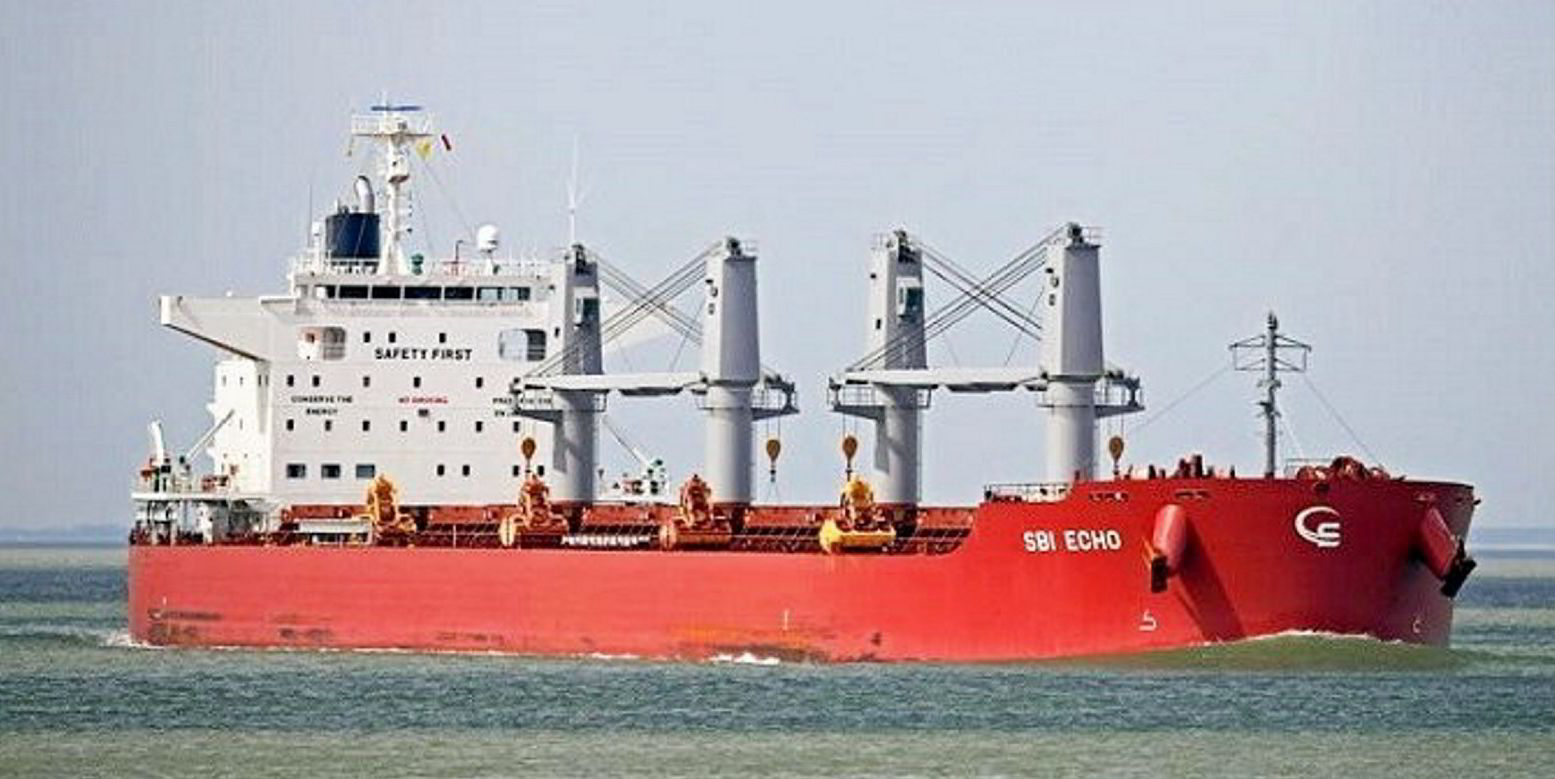A host of fresh deals suggest the secondhand bulk carrier market is poised to go even higher, after a first quarter that saw ship values climb $8m higher than five-year averages.
About 50 bulkers across most sizes and ages have been reported to have changed hands alone since 25 March.
“Prices continue to firm,” analysts at Athens-based Allied Research wrote in their weekly report on 4 April. “Given the continued improving sentiment noted in the freight market, further price hikes may well be in sight during the coming weeks as buying interest amplifies.”
In one of the most eye-catching deals, several Athens brokers linked Greece’s Centrofin Management to a $94m deal for three of the last vessels in the fleet of former Scorpio Bulkers.
Centrofin managers were not available to comment on whether the company is buying the 61,200-dwt S Tango (built 2015), and 61,300-dwt S Echo (built 2015) and S Hermes (built 2016).
However, Dimitris Procopiou-led Centrofin is known to have bought from the same source before. The last bulkers it purchased back in November 2020 came from Scorpio, which has since morphed into Eneti — an owner of offshore wind vessels.
It is characteristic of how far secondhand prices have increased since then, that broadly the same amount of money — about $101.5m — bought Centrofin four kamsarmaxes at that time.
Centrofin is understood to have bought the S Tango, S Echo and S Hermes from Japanese financial owners.
What's happening with Interlink?
In a second en-bloc deal, Bermuda-based shipowner Interlink is believed to have raised more than $100m from a sale of the 38,700-dwt Interlink Ability, Interlink Capacity, Interlink Equality and Interlink Quality (all built 2016).
The quartet forms part of a fleet of 12 handysizes that the low-profile owner has been circulating for sale, as TradeWinds reported in January.
Some brokers reported at the time that Oskar Wehr bought the entire fleet for $280m. However, the German company promptly dismissed that information.
A piecemeal approach to the fleet’s disposal seems to have prevailed since then.
Rumours of Interlink selling individual handysizes have been swirling for weeks. The talk has been coming thick and fast since 28 March, with several brokers identifying United Arab Emirates-based Tomini Shipping as the buyer of at least four vessels.
Tufton Oceanic is another name making the rounds as a possible buyer of the Interlink Ability.
Managers at both Interlink and Tomini did not immediately respond to a request for comment.
Interlink is backed by Carlyle, a private equity giant that had also been involved with Greece’s Dalex Shipping until last year. A sale of the Interlink ships suggests Carlyle has concluded that the time has come to capitalise on at least some of its shipping investments.
Doubts seeping in
Centrofin’s and Interlink’s headline transactions are just the most eye-catching in a flurry of deals.
Unidentified Chinese and Greek companies account for most of the reported buying.
Hellenic players are believed to be behind a $31.5m acquisition of the 81,900-dwt Majestic Sky (built 2014) and a $26m deal for the 82,200-dwt Rosco Litchi (built 2011).
Unidentified Turks are said to have swooped on a John Fredriksen-controlled kamsarmax — the 81,600-dwt Sea Neptune (built 2013) — for $23m.
Sometimes, the same companies appear both on the buying and selling fences. Late last month, Centrofin was reported as selling the 75,900-dwt panamax Nilos (built 2006).
Another Greek company said to be offloading a panamax to Chinese buyers is Chandris (Hellas), which is seen parting with the 76,600-dwt Maribella (built 2004) for about $15m.
Moving onto smaller ships, Franco Compania Naviera reportedly sold the 53,500-dwt Eny (built 2006) to a Middle Eastern buyer for $17.2m and Empire Bulkers the 55,600-dwt Neraida (built 2005) for $17.5m.
In handysizes, S-Bulkers is said to have sold the 33,700-dwt S-Brand (built 2004) to Chinese buyers for $13m. Even GS Maritime’s 28,600-dwt Nikolaos GS (built 2002) — a 20-year-old ship — fetched more than $9m.
Despite that, analysts at Doric Shipbroking said S&P is not as strong as the deal-making suggests. With prices still on the rise, some players have considered taking a step back and are encouraged to do so by robust freight rates that earn their vessels good money.
Prices may be dampened due to increased sale candidates from Japan, where companies dispose of vessels as the fiscal year closes. Japanese sellers usually have “less exaggerated price ideas”, noted Eva Tzima, head of research at Seaborne Shipbrokers.



